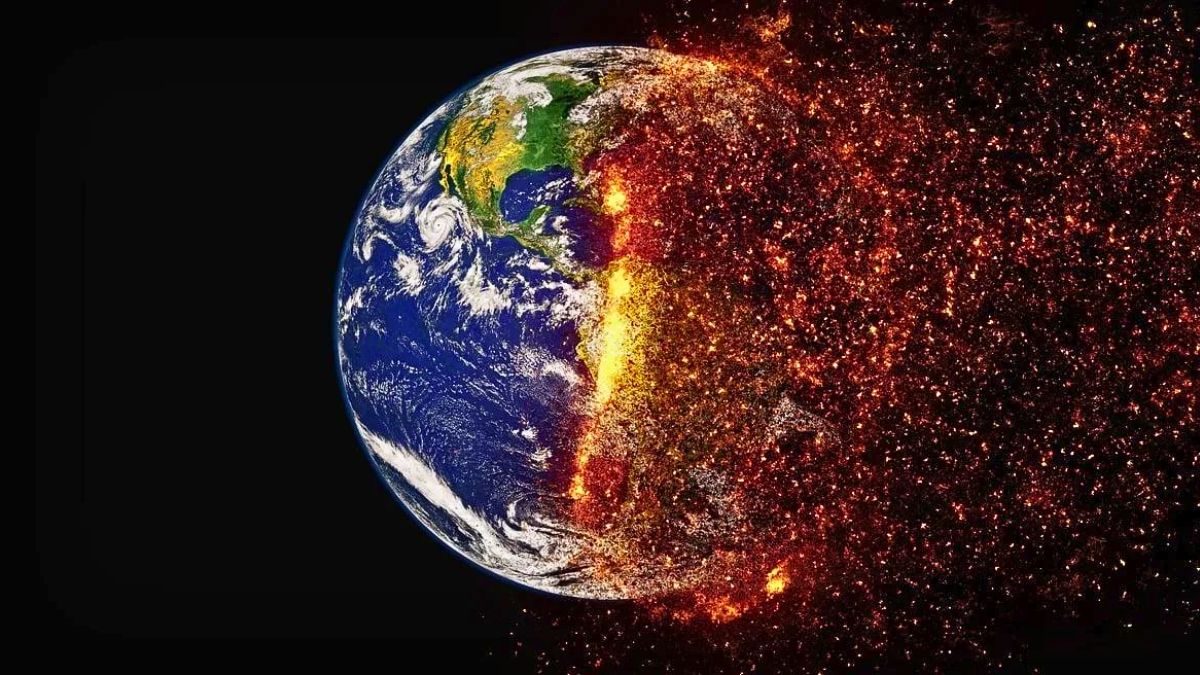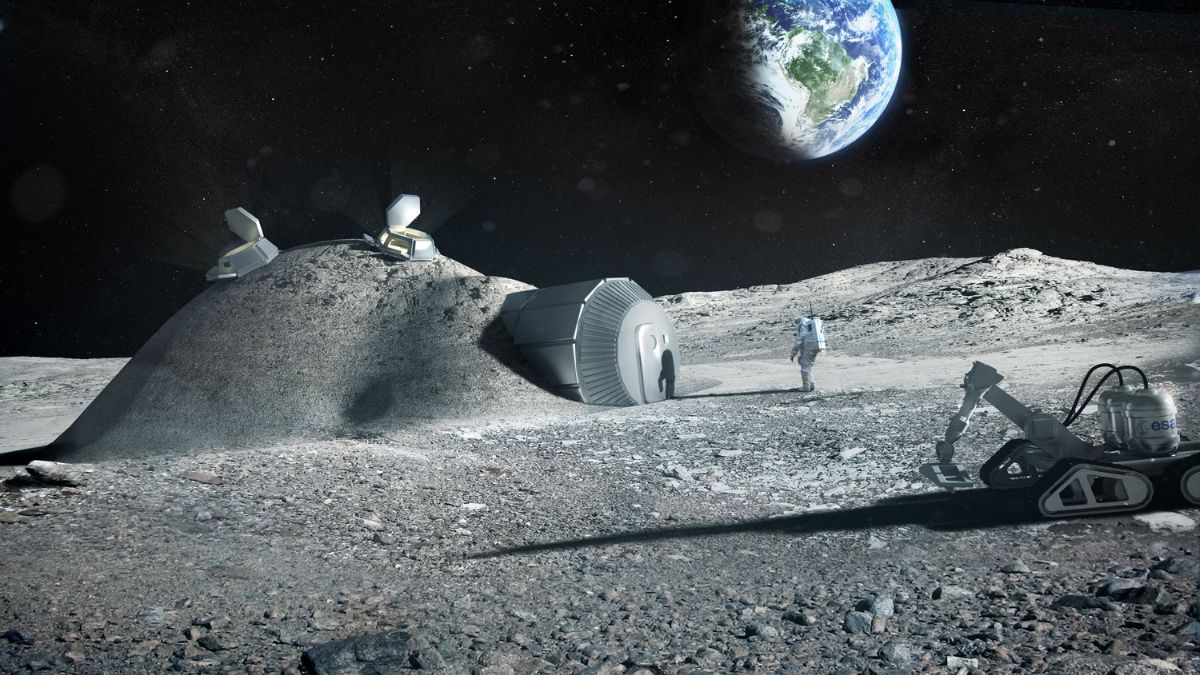Hydrogen has long been hailed as the clean fuel of the future—a way to slash emissions and power industries without pollution. It’s been pitched as a game-changer in our fight against climate change. But now, scientists are raising the alarm: hydrogen might not be the hero we hoped for. In fact, if mishandled, it could become a serious climate threat.
Let’s take a look at why hydrogen’s green reputation may be more complicated than it seems.
Promise
Hydrogen’s appeal is easy to understand. When burned or used in fuel cells, it produces nothing but water vapor—no carbon dioxide, no smoke, no toxic fumes. It’s especially useful for powering sectors that are hard to electrify, like aviation, shipping, and heavy manufacturing.
And when it’s produced using renewable energy, it’s known as “green hydrogen”—supposedly the cleanest option available. But the story doesn’t end there.
Problem
The problem with hydrogen isn’t just about how it’s used—but how it’s produced and transported. Right now, most hydrogen is made from natural gas in a process called methane reforming. This method releases a lot of CO2, meaning most hydrogen today isn’t green at all—it’s “gray” or “blue,” depending on how the emissions are handled.
Even green hydrogen isn’t immune to problems. If it leaks into the atmosphere—and it often does—it can actually contribute to global warming.
Here’s why: hydrogen gas affects the chemistry of the atmosphere. When it escapes, it reacts with hydroxyl radicals, which are responsible for breaking down methane. With fewer of these radicals, methane stays in the atmosphere longer, increasing its warming effect.
So while hydrogen itself doesn’t trap heat like CO2, it indirectly extends the life of other greenhouse gases. Over a century, scientists estimate that hydrogen has more than 25 times the global warming potential of carbon dioxide.
Risk
Experts say that for hydrogen to be truly climate-friendly, leakage throughout the entire supply chain must stay below 3 to 4 percent. But here’s the scary part: real-world leakage rates may be as high as 20% in some cases.
From production sites to storage tanks, pipelines to valves, hydrogen is hard to contain. Its tiny molecules slip through seals and materials that would be fine for other gases. And retrofitting current natural gas infrastructure isn’t always effective—without major upgrades, leaks are inevitable.
| Hydrogen Risk Factors | Description |
|---|---|
| Production emissions | High if made from fossil fuels |
| Leak potential | Extremely high due to small molecule size |
| Infrastructure costs | 2–3 times higher than natural gas pipelines |
| Atmospheric impact | Slows methane breakdown, indirectly worsening warming |
Infrastructure
To make hydrogen work at scale, we need massive infrastructure: pipelines, storage facilities, fueling stations, and production hubs. But all of this comes with the risk of fugitive emissions—leaks that can happen anywhere along the supply chain.
Hydrogen can also corrode or embrittle certain metals, increasing the risk of pipeline failure. Plus, storage tanks—especially underground—must be carefully sealed and monitored to prevent gradual gas release.
In short, building out a hydrogen economy without strict standards could actually worsen climate change, not solve it.
Reality
Hydrogen may still have a role in our energy future, especially in niche sectors where electrification is hard. But relying on it as a silver bullet without fully considering its downsides is risky.
The climate crisis demands solutions that are genuinely clean, scalable, and safe. Brown, gray, or even “blue” hydrogen still tie us to fossil fuels. And even green hydrogen comes with challenges we can’t ignore.
As we race against time, we need to make sure our tools don’t backfire. Hydrogen is not the enemy—but if misused, it could become part of the problem, not the solution.
FAQs
Is hydrogen always a clean fuel?
No, most hydrogen today is made from fossil fuels and causes emissions.
Why is hydrogen leakage a problem?
It extends methane’s life in the atmosphere, worsening warming.
What’s the safe leakage limit for hydrogen?
Experts say it must stay below 3–4% to avoid climate harm.
Can current pipelines carry hydrogen safely?
Not without upgrades—hydrogen can leak through joints and damage metals.
Is green hydrogen completely safe?
It’s cleaner but still risky if leaks aren’t well controlled.























